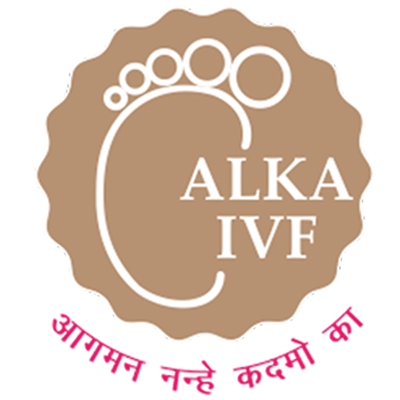- Book An Appointment
- +91 90018 38800
- +91-9001997440
- dralkaivf@gmail.com
IVF Process Step by Step (In vitro fertilization)

10 Things I Wish I Knew Before Starting IVF for ALKA IVF
December 5, 2023
What Are The Different IVF Protocols?
December 10, 2023Here’s a step-by-step guide to the IVF process:
Step 1: Consultation and Evaluation
The IVF process begins with a consultation with a fertility specialist to assess your individual needs and determine if IVF is the right treatment option for you. The specialist will review your medical history, perform a physical examination, and order any necessary tests to evaluate your ovarian reserve, hormone levels, and overall health.
Step 2: Ovarian Stimulation
Once you have decided to proceed with IVF, the next step is ovarian stimulation. This involves using fertility medications to stimulate the ovaries to produce multiple eggs. The specific medications and protocol used will depend on your individual circumstances and your doctor’s recommendations.
Step 3: Egg Retrieval
After approximately 8-14 days of ovarian stimulation, the mature eggs are retrieved from the ovaries through a procedure called egg retrieval. This procedure is typically performed under ultrasound guidance and involves inserting a thin needle into the ovaries to aspirate the eggs.
Step 4: Fertilization
The retrieved eggs are then fertilized with sperm in the laboratory. This can be done through conventional insemination (placing sperm in the same dish as the eggs) or intracytoplasmic sperm injection (ICSI), where a single sperm is directly injected into the egg.
Step 5: Embryo Culture
The fertilized eggs are then cultured in the laboratory for 3-5 days to allow them to develop into embryos. During this time, the embryos are monitored for growth and development.
Step 6: Embryo Selection and Transfer
One or two healthy embryos are selected for transfer to the woman’s uterus. This decision is based on the embryos’ developmental stage, morphology, and genetic testing results (if applicable). The embryo transfer is a painless procedure that typically takes only a few minutes.
Step 7: Pregnancy Test
Approximately two weeks after the embryo transfer, the woman will have a pregnancy test to determine if the procedure was successful.
Additional Considerations
Assisted Laser Hatching (ALKA IVF): ALKA IVF is a technique that may be used to improve the chances of implantation in certain cases. This procedure involves using a laser to create a small opening in the zona pellucida, the outer shell of the embryo, which may help the embryo hatch and implant in the uterus.
Preimplantation Genetic Testing (PGT): PGT is a technique that can be used to test embryos for genetic abnormalities before they are transferred to the uterus. This can help to reduce the risk of miscarriage or genetic disorders in the offspring.
Frozen Embryo Transfer (FET): In some cases, couples may choose to freeze their embryos after the IVF cycle and transfer them to the uterus at a later time. This can be done for various reasons, such as medical reasons, financial reasons, or personal reasons.
Success Rates and Emotional Considerations
The success rate of IVF varies depending on various factors, including the woman’s age, ovarian reserve, diagnosis, and the fertility clinic’s experience. In general, the success rate for IVF is around 30-40%.
IVF is a complex and emotionally demanding process. It is important to have a strong support system in place and to manage your expectations throughout the process. Talk to your partner, family, and friends about what you are going through, and seek professional counseling or support groups if needed.


